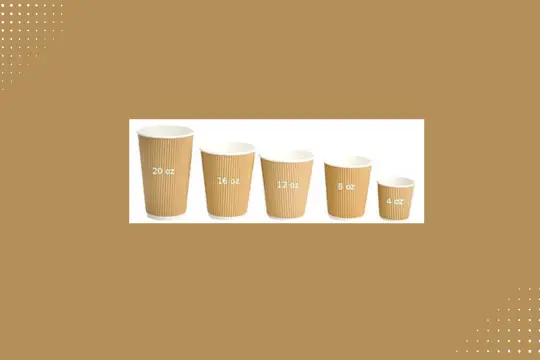oz to tsp Conversion Simple Guide for Kitchen & Home Use

Whether you’re cooking up your favorite recipe, mixing a science solution, or adjusting a DIY beauty formula, converting oz to tsp is a common task. Understanding this conversion helps you measure ingredients accurately. In the U.S. 1 fluid ounce equals exactly 6 teaspoons, but things can shift when dealing with dry ounces and varying densities. Let’s dive into the full picture.
Table of contents
What Does “oz to tsp” Mean?
“oz to tsp” typically refers to converting fluid ounces (volume) into teaspoons (also volume). In the U.S. system, the conversion is simple: one U.S. fluid ounce is equivalent to six U.S. teaspoons. For instance, 5 fl oz would be 30 tsp, and 10 fl oz would be 60 tsp. This direct conversion makes it easy for cooking and basic mixology.
Why You Should Care About This Conversion
Recipes often mix volume (teaspoons, ounces) with weight (pounds, grams), and true accuracy depends on the ingredient’s density. When brewing coffee or baking, slight measurement changes can alter flavor or consistency. For liquids like water, oil, and milk which have densities close to water the standard 6 tsp per ounce rule holds true. But for dry ingredients like flour, butter, or honey, conversions vary. Knowing the right method preserves your recipe’s intended result.
Converting Fluid Ounces to Teaspoons
The formula is straightforward:
teaspoons = fluid ounces × 6
So:
- 1 fl oz = 6 teaspoons
- 2 fl oz = 12 teaspoons
- 5 fl oz = 30 teaspoons
That means 16 fl oz (one U.S. pint) equals 96 teaspoons. This conversion works well in cooking, daily liquid dosing, and quick kitchen math.
Converting Dry Ounces to Teaspoons
Dry ounces measure weight, not volume, so converting them to teaspoons requires knowing the item’s density. For example:
teaspoons = dry ounces × 5.7517 ÷ density
In this formula:
- 5.7517 comes from converting ounces to teaspoons by volume
- Density is how heavy something is per milliliter (g/mL)
If you know an ingredient’s density as with flour or sugar you can do an accurate conversion. Otherwise, stick to weight scales instead of volume for precise baking.
Fluid vs. Dry Ounce: Why It Matters
Remember: a fluid ounce measures volume, while a dry ounce measures mass. They share an abbreviation (“oz”), which can lead to confusion. When converting to teaspoons, always confirm if you’re working with fluid ounces. Recipes written as “2 oz of vanilla extract” are likely using volume. If it’s a “2 oz bag of almonds,” you’re dealing with weight.
Real-World Applications
- Kitchen: Use fl oz for measuring liquids and dry ounces for powders. Convert when needed.
- Baking: For accuracy, weigh dry goods in grams, not teaspoons.
- Home Projects: Mixing essential oils, tinctures, or bath salts use fl oz to tsp for ease.
- Science Experiments: Volumetric accuracy is vital stick to fluid ounce to teaspoon conversions unless density is known.
Quick Conversion Reference
- 1 fl oz = 6 tsp
- 4 fl oz = 24 tsp
- 8 fl oz = 48 tsp
- 16 fl oz = 96 tsp
- Dry ounce conversions depend on density use a scale for precision.
Conclusion
Accurate measurements in cooking, science, and DIY can make or break results. The simple rule of 6 tsp per fl oz provides a reliable baseline. For dry ingredients, weighing is the gold standard. Understanding and applying the right conversions ensures your recipes, experiments, and creations come out exactly as intended.
FAQs
Q1: Is 1 ounce always equal to 6 teaspoons?
Only for U.S. fluid ounces. Dry ounces vary depending on the substance’s density.
Q2: How many tablespoons are in a fluid ounce?
One fluid ounce equals 2 tablespoons, which equals 6 teaspoons.
Q3: Can I use this conversion for flour or sugar?
Not accurately. Use weight (grams or ounces) with a scale instead of volumetric teaspoons for consistency.
Q4: Is this valid in other countries?
It applies to U.S. fluid ounces and teaspoons. U.K. measures differ slightly, so always confirm your unit system.





